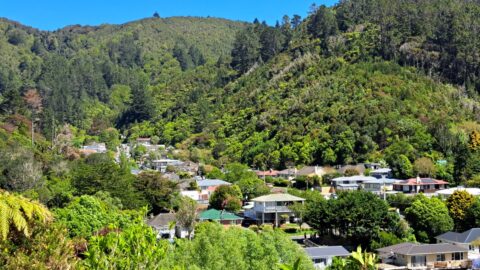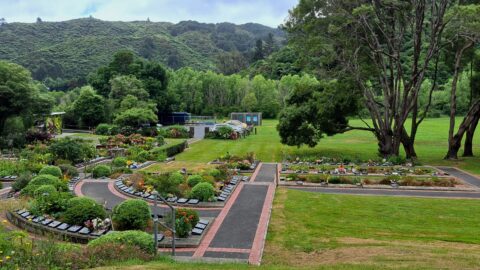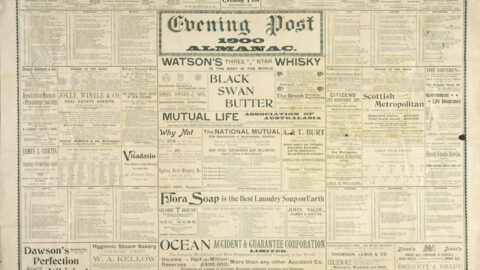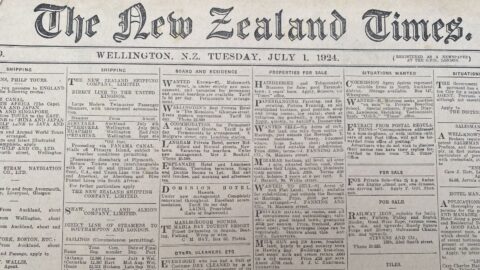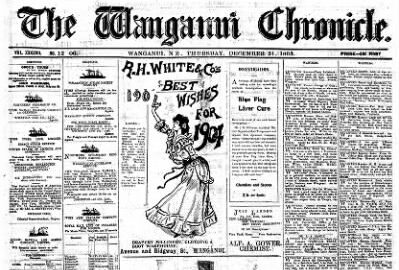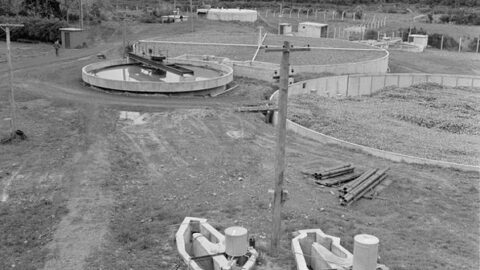Appendices to the Journal of the House of Representatives 1886 H34 p9
Wellington Water-supply.
The water supply of this city is obtained from two sources: one from the Kaiwarawara Creek and the other from the Wainuiomata. The source of the former is about two miles from the center of town, or the post office, and is 310 feet above the lowest city level. The works related to this supply consist of a reservoir about twelve acres in size, formed in a natural basin, where the water is retained by a concrete weir built across the stream. From this reservoir, water is conveyed through a combination of tunnel and pipes for a distance of thirty chains into a storage or distributing reservoir, constructed of concrete, at a height of 258 feet above the lowest town level. From here, the water is distributed through the city using main-service cast-iron pipes, ranging from 10 to 5 inches in diameter, depending on the amount of water needed in different areas of the town. Smaller pipes branch off these mains to distribute water throughout various streets.
This was the city’s first water supply, but it eventually became insufficient to meet the city’s needs, and now it is only used when there is a pipe burst or other emergency that requires the main Wainuiomata supply to be shut off. The latter supply comes from a source about sixteen miles from the city center and has been in use for two and a half years. The works for this supply include a reservoir created by constructing a concrete dam across the Wainuiomata River at a narrow gorge, 395 feet above the town’s lowest level, forming a reservoir in a natural basin of fifteen acres.
From this reservoir, water is carried in a concrete-covered race, one and a quarter miles long, into a concrete well 63 feet deep. From there, it is conveyed in 30-inch diameter cast-iron pipes for three and a half miles, which pass through a tunnel fifty chains long. For the next eight and three-quarter miles, the pipes are 24 inches in diameter, then 21 inches for the next mile and a half, and 15 inches for the next twenty chains. Afterward, the main service pipes are 12 inches in diameter, with smaller distributing pipes connected, varying from 8 to 3 inches in diameter, to carry water through the city’s streets. The main streets have two mains, which can be connected or shut off from each other, or supplied from either reservoir as needed.
Water rates are charged as follows: for domestic use, 5 percent of the rateable property value if water is supplied, and 2.5 percent if not. For stores and warehouses, the rate is 2.5 percent of the rateable property value. Water for motive power is charged at 4d per 1,000 gallons, and for trade purposes, 1s per 1,000 gallons. The cost of the first water supply was £80,000, while the second supply cost £135,000, totaling £215,000.
Tags: Coleman's Tunnel Newspaper Pipeline Water Race Waterworks
